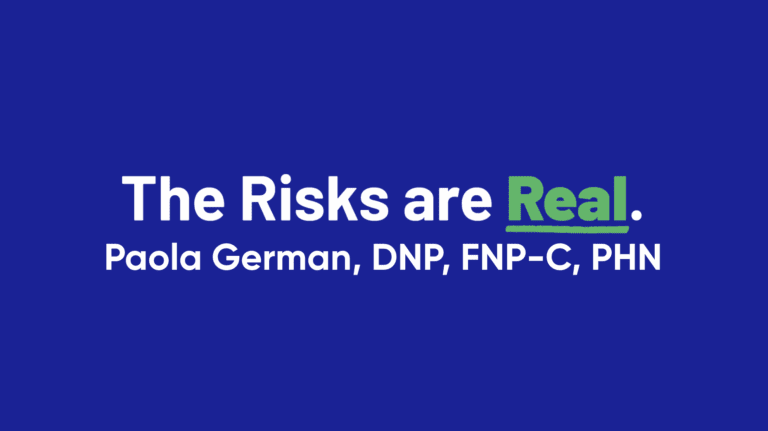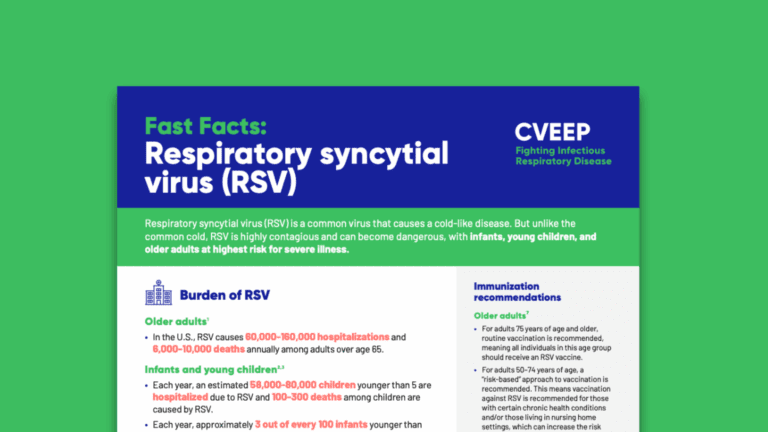Vaccines: Behind the Science
Need vaccine information?
Check out the resources below.
Vaccines can help protect against more than 20 life-threatening diseases — including several infectious respiratory diseases — saving millions of lives and greatly reducing the spread of deadly diseases that have affected people all over the world.
Learn more about how vaccines work to protect us against viruses, bacteria and the respiratory illness that they cause.
How Vaccines Work
Vaccines help your body learn to detect and protect itself against infections. Different vaccines work in different ways, but every vaccine helps our immune system learn how to fight germs, like viruses and bacteria.
Vaccines work by imitating an infection. Vaccines expose your body to an antigen — which is a substance that causes our immune system to begin producing antibodies — in very small amounts so that you don’t get sick. This triggers an immune response to help teach your immune system to recognize and fight the germ in the future.
The Science of Viruses and Vaccines
As a virus spreads, it often undergoes changes (also known as mutations). Viruses change, or mutate, to more easily move from person to person, or to reproduce more quickly. These changes help viruses avoid our natural immune response and the protection provided by previous vaccines. While some viruses change or mutate less often, others — like the viruses that cause COVID-19 and influenza (flu) — can change quickly, resulting in new “variants” or versions of the virus that are different from the original virus. Because these viruses can change often and produce many variants, COVID-19 and flu vaccines are updated regularly to provide protection against new variants of these viruses as they emerge.
The best way to reduce your risk of severe illness from infectious respiratory diseases is to stay up to date with recommended vaccines.
Coadministration of Vaccines
Receiving multiple recommended vaccines at the same appointment is a common way to protect yourself against infectious respiratory diseases. This practice is known as coadministration, which can help protect you against different diseases without needing multiple appointments.
COVID-19, flu, and RSV vaccines may be given at the same visit, according to CDC. If you are due for more than one respiratory vaccine, coadministration is a convenient option to stay up to date with all recommended vaccines.
mRNA and Vaccines
Messenger RNA, or mRNA, is a genetic material that tells your body how to make proteins. When mRNA is used in vaccines, it is like giving your body a recipe to help your immune system learn to recognize and fight a specific virus, without making any changes to your body’s DNA. For over 20 years, mRNA technology has been researched, developed, and tested for use in vaccines for infectious diseases.
mRNA technology has revolutionized the vaccine development and production process due to its flexibility to respond to new versions of viruses and its ability to cause strong immune responses in the body. Given these qualities, scientists and researchers continue to develop and test mRNA to treat new diseases.


